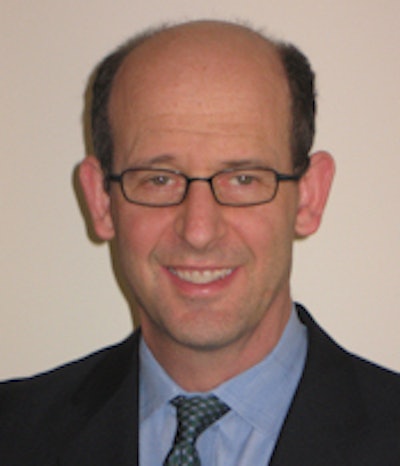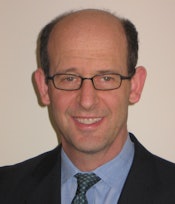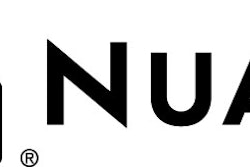
If you belong to a forward-thinking radiology practice, chances are you're already using critical test results management (CTRM) software to notify physicians of unexpected findings. But are you really using CTRM right? Fortunately, SaferMD can help you find out.
SaferMD's business model is based on the fact that the failure to communicate important findings is often a key component of medical malpractice litigation. The company wants to help radiologists reduce the risk of this kind of litigation -- and, of course, improve patient care -- by monitoring a facility's diagnostic communication system and reporting providers' use to its insurance carrier, according to Dr. Brian Gale, managing member of the company.
 Dr. Brian Gale, managing member for SaferMD.
Dr. Brian Gale, managing member for SaferMD."Communications failures are a significant cause of morbidity and mortality in healthcare," Gale told AuntMinnie.com. "In fact, the amount of malpractice awards paid annually is about $5 billion to $6 billion, and 7% to 8% of U.S. malpractice awards include a communications failure component. We started SaferMD to help practices reduce medical errors that result from failing to communicate diagnostic test results to referring clinicians and patients."
Use of SaferMD's services can translate into 15% to 20% risk management credits on malpractice insurance, according to Gale. Not only does the firm serve doctors, it also helps insurers improve underwriting results and healthcare facilities improve patient safety and reduce exposure to malpractice and compliance liability.
"Cutting turnaround time on imaging communications helps patients get the right treatment faster and can reduce their length of stay and readmissions," he said. "And it helps a facility manage its compliance risk. If CMS is paying for a test but no one actually looks at the result, it considers that to be fraud."
SaferMD audits healthcare providers' use of CTRM systems and electronic medical records; its clients come from most medical specialties, not just radiology. It doesn't develop or sell CTRM itself, but it does work with existing companies that do: Brit Systems, Nuance Communications, PenRad Technologies, and RadNet division Radar Medical Systems.
Radiologists have the responsibility to contact referring physicians directly when they come across an unexpected or urgent finding, Gale said. If the radiologist does this with a CTRM system, it's much more efficient, since the result is delivered to the physician and the radiologist also receives confirmation of its delivery.
"If radiologists try to reach a referring colleague directly by phone, it can take a long time," Gale said. "There's definitely an advantage to using a CTRM system."
Clients can use SaferMD services in a number of different ways, according to Gale. If the facility already has a test results package in place, it can hire the company to produce reports on how the system is being used.
SaferMD can also help facilities get a CTRM system up and running or shop for better deals for malpractice insurance. Its services are charged via a subscription model; the company prices its offerings at about 20% of what it expects clients to save in malpractice premiums.
SaferMD's reports indicate how effectively the CTRM system is being used and the timeliness of test results communication. The report can then be forwarded to the malpractice insurer.
"Malpractice insurers think it's great if you have a CTRM system, but they think it's even better if you use it," Gale said. "Monitoring a facility's use of these tools improves notification times -- and therefore patient care."




















